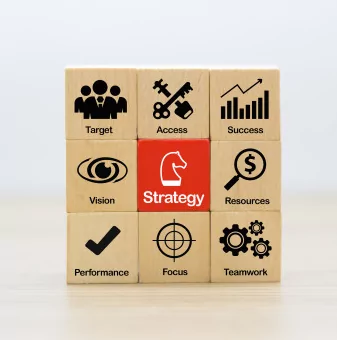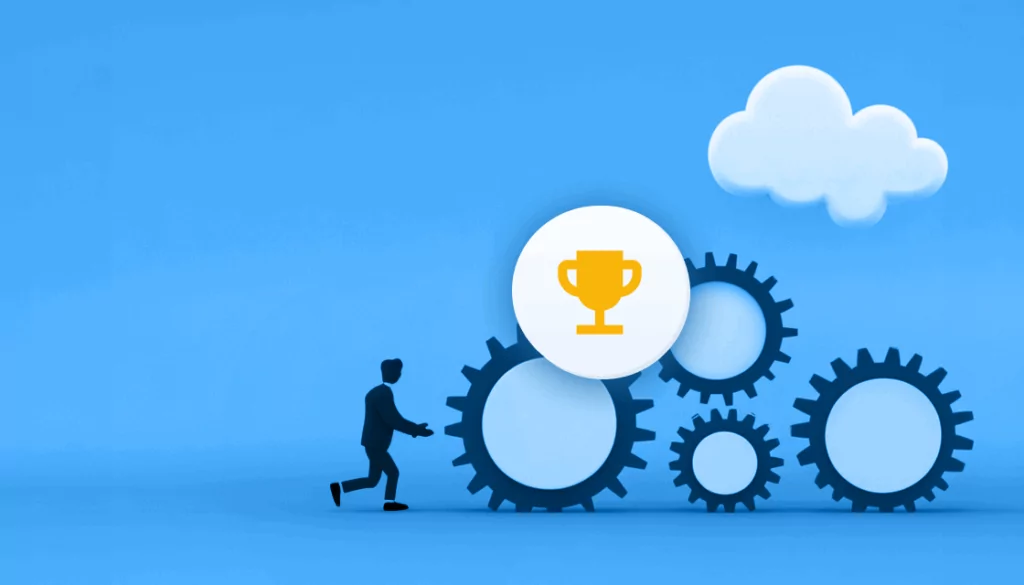If you caught our first blog on change management, you’ll already know that it’s a broad topic. Last time, we looked at how to define change management for your own organization, and the change management principles that will help you make a success of a new business direction.
This time, we’re looking at how to make change management work in practice, including the different change management models and strategies you should know about, and how to create a practical change management plan that suits your own business reality. (For more information, see our Guide to Business Continuity Plans.)
Table of Contents
Toggle3 Change Management Models to Consider
We often work with customers that are going through a significant change, such as moving infrastructure to the cloud, or planning for a merger or an acquisition. One of the most important factors in whether they make a success of their organizational change, is how prepared they were in advance, and whether they implemented or utilized well-known change management strategies. Let’s take a look at 3 of the best-known change management models, and why each one might be a good fit for your business.
The McKinsey 7S Framework: Developed as far back as the late 1970’s, there’s a lot to love about this model. It looks at 7 areas that could be impacted by any large change, and how these need to work in collaboration with each other for a successful change. These are, Strategy, Structure, Systems, Shared values, Style, Staff and Skills. By defining all of these aspects of your organization ahead of time, you’re much better placed to anticipate challenges.
Potential challenge with these kind of change management models: In the 1970’s, systems were one of the easiest of the 7S’s to keep track of, but how times have changed! Today’s business reality means finding technology that can discover a hybrid ecosystem, and all of its dependencies, is a must-have.
Lewin’s Change Management Model: The Lewin’s model focuses on employees, and imagines the process of change like a block of ice. If you want to transform that block of ice into a cone shape, you need to go through three stages. First, you unfreeze the block. This refers to breaking down the existing way of doing things, and creating the right message for why it’s happening. Then you put the water in the correctly shaped mold. This is where you implement the change, a time where employees will feel unsettled. Lastly, you freeze the ice into the new shape, correlating to solidifying the change in your team, and showing them the new, stable normal.
Potential challenge with these change management strategies: ‘The transition trap’ is where employees get stuck in the refreezing part of the model, unsure why the change was necessary or how to let go of the old way of doing things. A strong change management plan that includes proof that you’ve looked before you leap can make all the difference in promoting confidence and stability.
The Deming Cycle: Also known as PDCA, this is a simple model that works really well for process improvement. The theory is simple, a cyclical change management plan that covers four stages. ‘Plan’ is where you decide what needs changing, ‘Do’ is making it happen. ‘Check’ is assessing the impact of that change, and ‘Act’ is where you see if more change needs to follow the initial decision. In theory, this is one of those change management models that can keep going forever, implementing incremental change across the business in a number of areas.
Potential challenge with PDCA change management strategies: In a complex IT environment, it can be problematic to leap before you look, as this model suggests. Consider moving the ‘Check’ part of the model to before the Do, with the help of smart mapping technology that can accurately forecast the impact of a change, before you make it.

I’ve Chosen the Change Management Models to Follow. What’s Next?
Whichever model you follow, or even if you take helpful advice from multiple change management strategies, it’s important to create a change management plan to follow, and to distribute to other stakeholders so that everyone is on the same page. Here’s what to include:
– What are the goals of your project? It’s important to define quantifiable results so that everyone understands what you’re working towards. If you’re starting a cloud migration for example, how extensive will the migration be? Is this ‘phase one’ of many, or do you have a specific end-goal that can be checked off your list once it’s met? Set KPIs, and align expectations from the start.
– How will the change impact your people? Think ahead across all of your staff so that you can field resistance from multiple directions. To continue with the cloud migration example, Finance may ask how you’re going to stay on top of data transfer costs, while IT might want to know what training they will be expected to do, or whether there is a disruption in operations to prepare for. Map out your whole organizational structure, and be ready with those answers.
– What else will this change impact? After all, it’s not just people and teams that are affected by a change, but processes, applications, architecture and more. If you use technology to make this more transparent, ensure that it includes reports that can be shared across the organization. When teams can see that business as usual will have limited disruption, it can get them on board a whole lot faster.
– What’s the timeline for completion? Everyone works better when they have a timescale to work with. Break up the project into sections (The Deming cycle above can be helpful here) and be transparent about when you hope to complete the first stages. Communicate often, and when timelines move, which they generally do, don’t be afraid to be honest and adjust expectations.
Next time, we’ll be finishing up our change management series with how to put the change management process into place, and the tools you can use to make change easier across your organization. Make sure to subscribe to the blog so you don’t miss it!
In the meantime, if you’re looking for a way to map your whole IT ecosystem to plan for a change, we should talk. Get in touch here.









